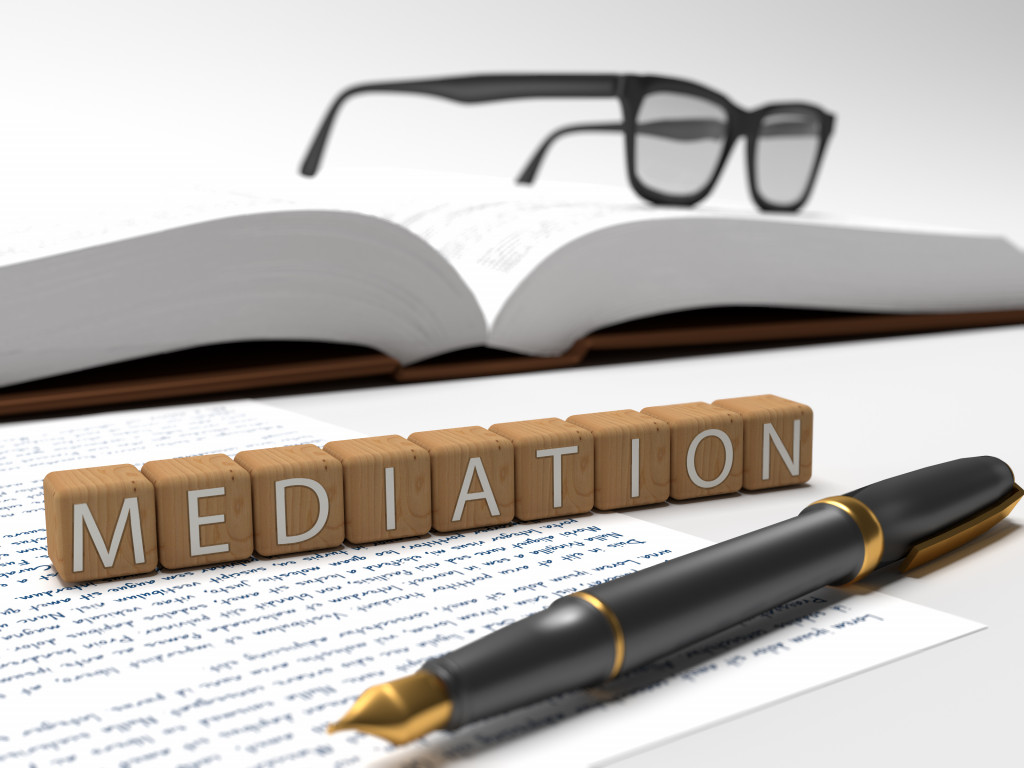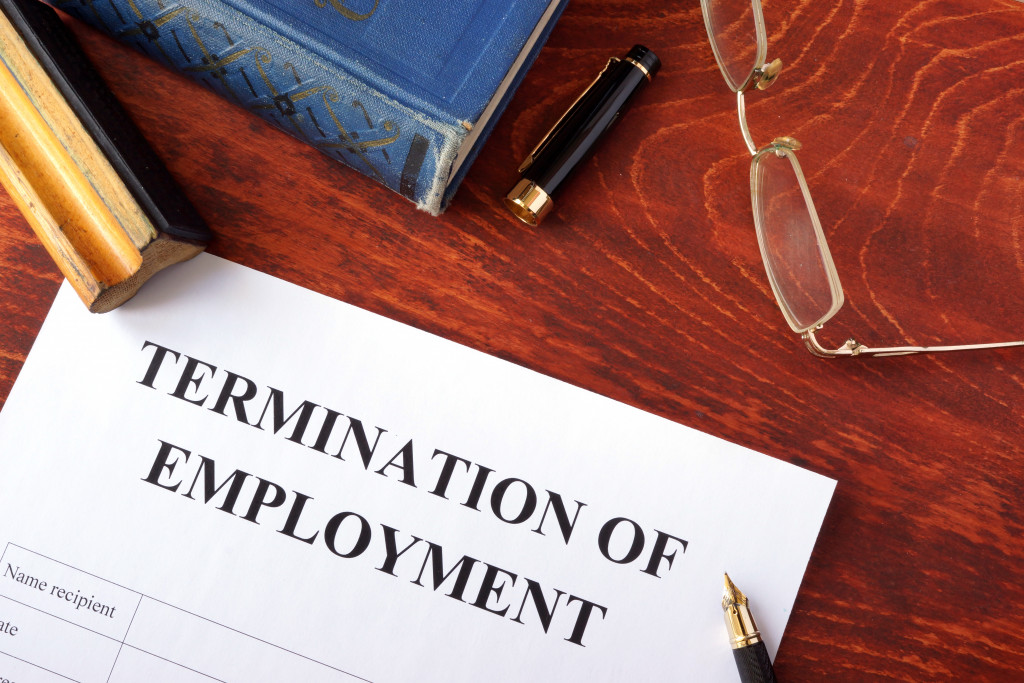- Gather evidence and documentation to build a strong case for wrongful termination.
- Understand your rights and legal protections concerning wrongful termination cases.
- Follow internal complaint procedures to demonstrate attempts at resolving the issue internally.
- Consider mediation or alternative dispute resolution methods to resolve the issue without going to court.
- Hire a reliable lawyer to guide and advocate on your behalf.
Dealing with a wrongful termination case can be a challenging and stressful experience. Knowing how to navigate the legal process effectively is important, whether you believe you were terminated unjustly, retaliated against, or discriminated against. This guide will provide five tips for dealing with a wrongful termination case.
1. Gather Evidence and Documentation
When faced with a wrongful termination case, gathering and organizing all relevant evidence and documentation is crucial. This includes emails, letters, or memos about your employment, performance evaluations, witness statements, and other evidence supporting your claim.
Document any incidents or conversations relevant to your case, including dates, times, and the individuals involved. This evidence will be instrumental in building a strong case and supporting your claims.
Here are tips for gathering evidence and documentation:
Gather Documents from Your Employer
Start by gathering any documents related to your employment, including your job description, performance reviews, or memos regarding salary and bonuses. You should also collect emails or letters about disciplinary action against you and anything else that may support your wrongful termination claim. Additionally, check Human Resources for employee handbooks or company policies applicable to your case.
Collect Witness Statements
If witnesses can corroborate the facts of your case, their statements can be extremely beneficial in strengthening your position. Ask individuals present during incidents relevant to the case if they would be willing to provide a signed statement outlining what they saw and heard.
Seek out Expert Witnesses
Expert witnesses can provide specialized knowledge and insight into the details of your case. Depending on the type of wrongful termination claim, you may consult an expert in labor law, employment discrimination, or another related field to gain additional support for your position.
Document Important Conversations
If conversations with your employer before or after your firing could be pertinent to the case, ensure you document them thoroughly. For each conversation, take notes about what was said, who was present, and when it took place. This information can be invaluable in proving a wrongful termination.
Request Records from Your Employer

Your employer may be required to provide specific records, such as payroll information and time sheets, to determine the exact cause of your termination. Make sure you request all necessary documents from them promptly. If they refuse to provide these records, contact an experienced attorney who can help you obtain them.
2. Know Your Rights and Legal Protections
Educate yourself about your rights and legal protections as an employee. Research the labor laws and regulations about wrongful termination, discrimination, retaliation, and other relevant areas in your jurisdiction.
Consult with an employment attorney specializing in wrongful termination cases to understand the laws that apply to your situation. They can help you navigate the legal complexities and advise you on the best course of action.
3. Follow Internal Complaint Procedures
Many companies have internal complaint procedures to address workplace issues and grievances. Following these procedures and exhaust, all available internal remedies before pursuing legal action are important.
Document each step in following the internal complaint procedures, including the individuals you spoke to, any responses or resolutions, and any further actions recommended or required. This documentation will demonstrate that you attempted to resolve the issue internally.
4. Consider Mediation or Alternative Dispute Resolution

Mediation or alternative dispute resolution methods can sometimes effectively resolve a wrongful termination case without going to court. Mediation involves a neutral third party facilitating discussions between you and your former employer to reach a mutually agreeable resolution.
Consider exploring mediation or other alternative dispute resolution methods as a less adversarial and potentially quicker and more cost-effective way to resolve the issue. Consult with your attorney to determine if this approach suits your case.
5. Hire a Reliable Lawyer
When dealing with a wrongful termination case, it’s essential to have the guidance and expertise of a reliable employment lawyer as one of the reliable ways to resolve business disputes. A skilled attorney can evaluate the strength of your case, advise you on the best legal strategies, and advocate on your behalf.
Take the time to research and hire an employment lawyer specializing in wrongful termination cases with a track record of success. Look for an attorney with experience in employment law, who understands the specific labor laws in your jurisdiction, and who has a reputation for effectively representing employees.
In Summary
Dealing with a wrongful termination case requires careful planning, documentation, and legal guidance. Gather evidence and documentation, know your rights and legal protections, follow internal complaint procedures, consider mediation or alternative dispute resolution, and hire a reliable employment lawyer. By following these tips, you can confidently navigate the legal process and increase your chances of achieving a fair resolution to your case.



